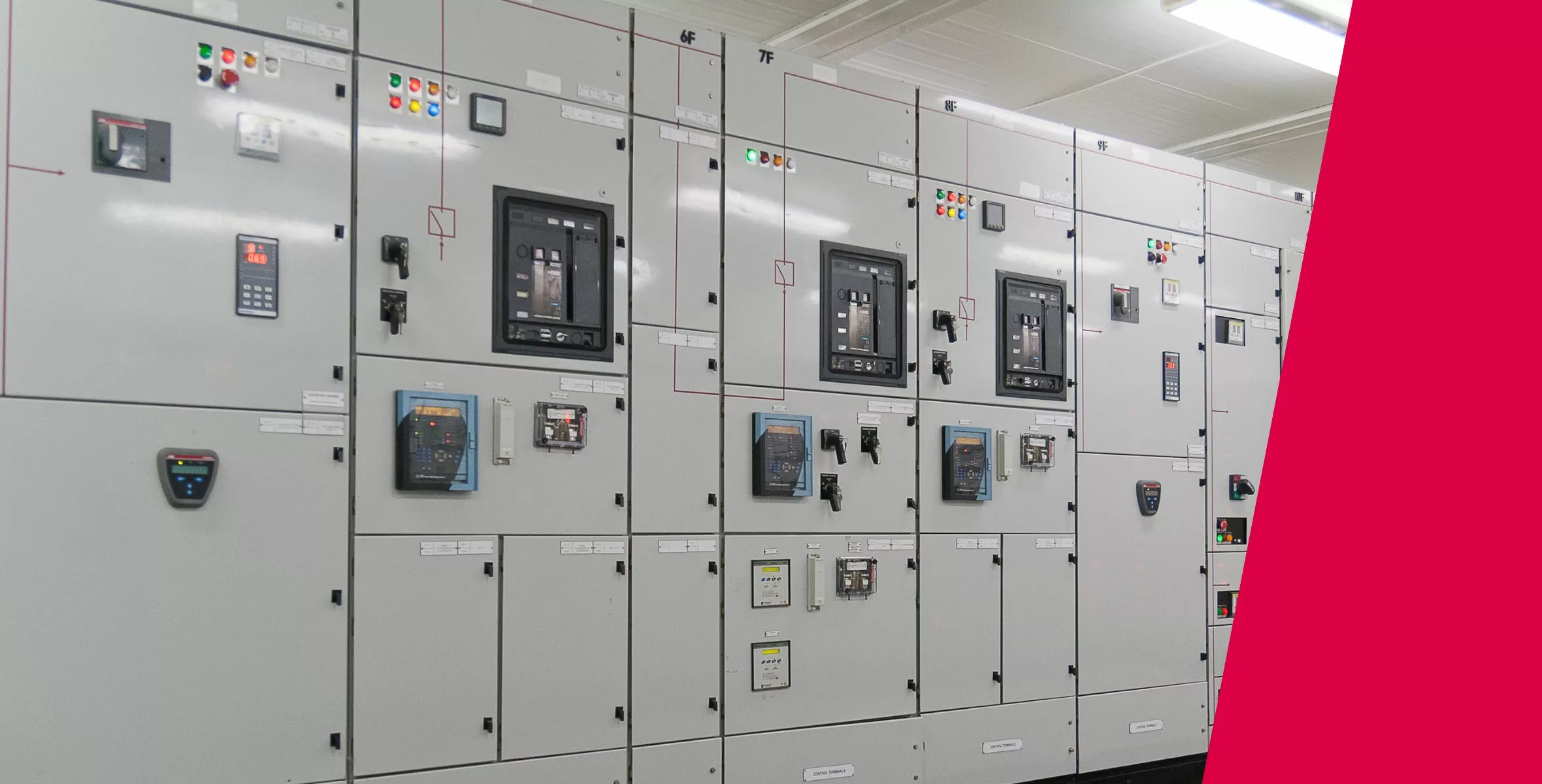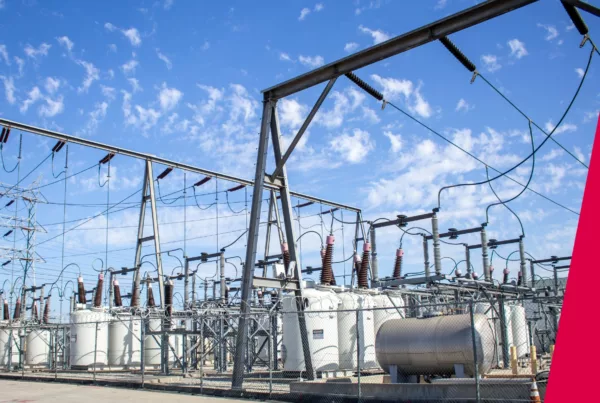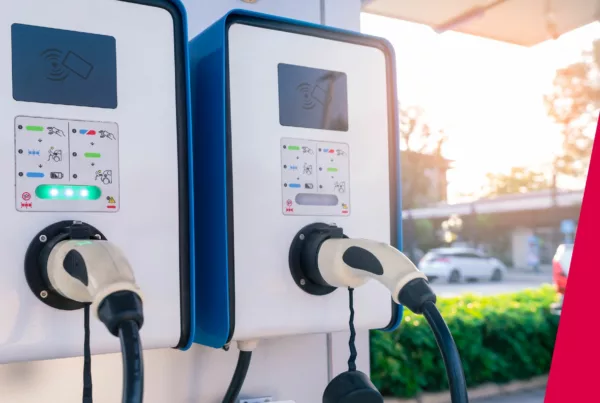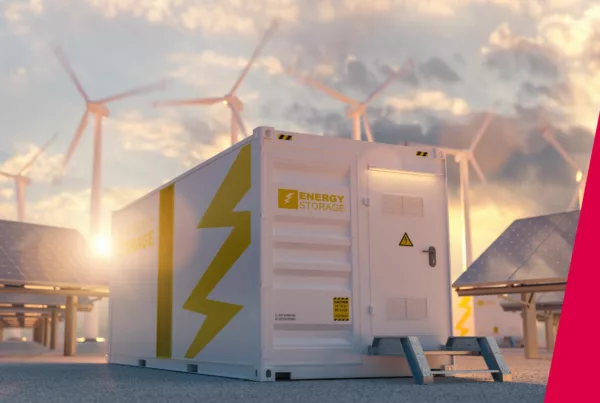What is Frequency Control Ancillary Services (FCAS) and How Does It Work?
Frequency Control Ancillary Services (FCAS) is vital to modern power grid management. It refers to the services used to maintain the frequency of the electrical power system within a predetermined range, typically 50 Hz in the UK, Europe, and many other parts of the world, or 60 Hz in North America. FCAS is essential for maintaining grid stability and preventing widespread power outages.
In an electrical power system, frequency is a measure of the balance between electricity supply and demand. When demand exceeds supply, the frequency drops below the nominal value, and when supply exceeds demand, the frequency rises above the nominal value. FCAS helps to correct these imbalances by adjusting power generation or consumption in real time.
Global Perspective on Frequency Regulation
While the term FCAS is commonly used in some regions, such as Australia, frequency regulation services are known by various names across different electricity markets. Here, we demystify the terminology used to describe frequency regulation programmes in different countries and regions.
European Union (EU)
The European Network of Transmission System Operators for Electricity (ENTSO-E) has standardised frequency control services across the EU:
- Frequency Containment Reserve (FCR): Formerly known as primary control, FCR is the fastest-acting service, activated within seconds.
- Automatic Frequency Restoration Reserve (aFRR): Previously called secondary control, aFRR is activated within minutes to restore frequency to its nominal value.
- Manual Frequency Restoration Reserve (mFRR): Formerly known as tertiary control, mFRR is manually activated to relieve automatic frequency restoration reserve and handle larger imbalances.
Nordic Region
The Nordic area (including Sweden, Norway, Finland, and Eastern Denmark) uses a slightly different terminology, as described here:
- Fast Frequency Reserve (FFR): A very fast-acting service designed to support low-inertia situations.
- Frequency Containment Reserve for Normal operation (FCR-N): Activated for small frequency deviations within the normal band (49.9-50.1 Hz).
- Frequency Containment Reserve for Disturbances (FCR-D): Activated for larger frequency deviations outside the normal band.
- Frequency Restoration Reserve (FRR): Similar to the EU’s aFRR and mFRR.
United Kingdom (UK)
National Grid, the electricity system operator in Great Britain, uses the following terms:
- Dynamic Containment (DC): A fast-acting service that responds to frequency deviations within one second.
- Dynamic Regulation (DR): Helps manage frequency under normal conditions.
- Dynamic Moderation (DM): Manages sudden frequency changes before they become significant. Static Frequency Response: Activated at specific frequency thresholds.
United States (US)
In the US, frequency regulation services vary by regional transmission organisation (RTO) or independent system operator (ISO). Generally, they include:
- Primary Frequency Response: Fast-acting response to sudden frequency changes.
- Regulation Service: Continuous balancing of generation and load.
- Spinning Reserve: Online generation capacity that can respond quickly to contingencies.
EpiSensor manufactures highly accurate demand and frequency response infrastructure
Trusted by market leaders, we provide solutions you can rely on
Dynamic vs Static Frequency Response
Frequency response services can be broadly categorised into dynamic and static responses:
Dynamic Frequency Response
Dynamic frequency response services continuously adjust their output in proportion to frequency deviations. These services provide a more flexible and precise response to frequency changes.
Examples include:
- Dynamic Containment (UK)
- FCR-N (Nordic region)
- Regulation Service (US)
Advantages of dynamic response:
- More efficient use of resources
- Better suited for managing small, continuous frequency deviations
- Can provide both up and down regulation from a single asset
Static Frequency Response
Static frequency response services are triggered at specific frequency thresholds. They typically provide a pre-determined amount of power when activated. Examples include:
- Static Frequency Response (UK)
- Some forms of FCR-D (Nordic region)
- Certain demand response programs
Advantages of static response:
- Simpler to implement and control
- Well-suited for managing larger frequency deviations
- Can be provided by a wider range of assets, including demand-side resources
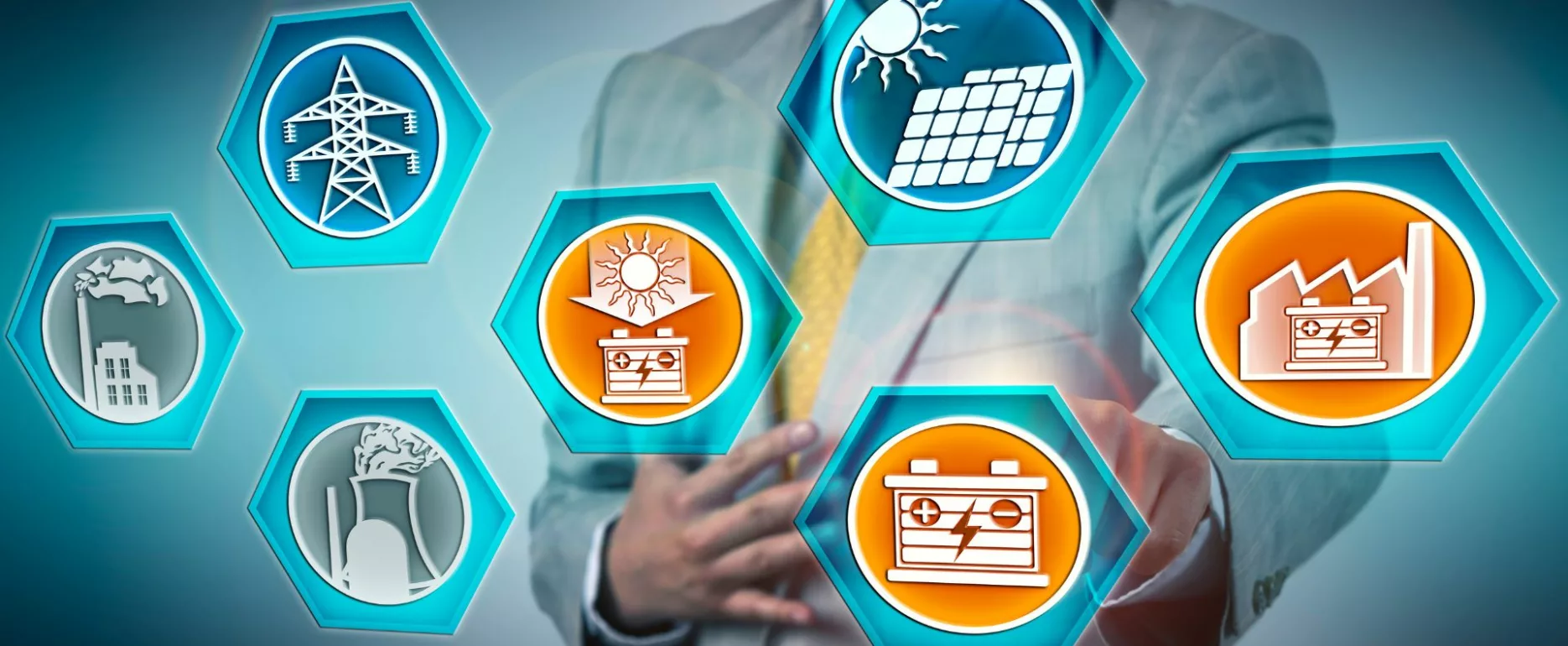
Distributed Energy Resources (DERs) in Frequency Response Markets
As power grids evolve, a growing variety of Distributed Energy Resources (DERs) are participating in frequency response markets:
- Battery Energy Storage Systems (BESS): Batteries can provide rapid response for both up and down-regulation.
- Electric Vehicles (EVs): Through smart charging and vehicle-to-grid (V2G) technology, EVs can participate in frequency response.
- Demand Response: Large industrial and commercial consumers can adjust their consumption to support grid frequency in exchange for financial incentives.
- Renewable Generation: Wind and solar power plants can provide down regulation and, in some cases, up regulation through advanced controls.
- Heat Pumps and Electric Boilers: Heat pumps and electric boilers, due to their ability to adjust energy consumption based on external signals, i.e. ‘flexible loads’, represent key components of demand-side flexibility. Such flexibility is integral to grid stability and plays a crucial role in ancillary services.
- Industrial Processes: Certain industrial processes with flexible power consumption can participate in frequency response markets, such as cold storage.
- Aggregated Residential Loads: Pools of small residential loads, such as smart appliances, can be aggregated to provide frequency response.
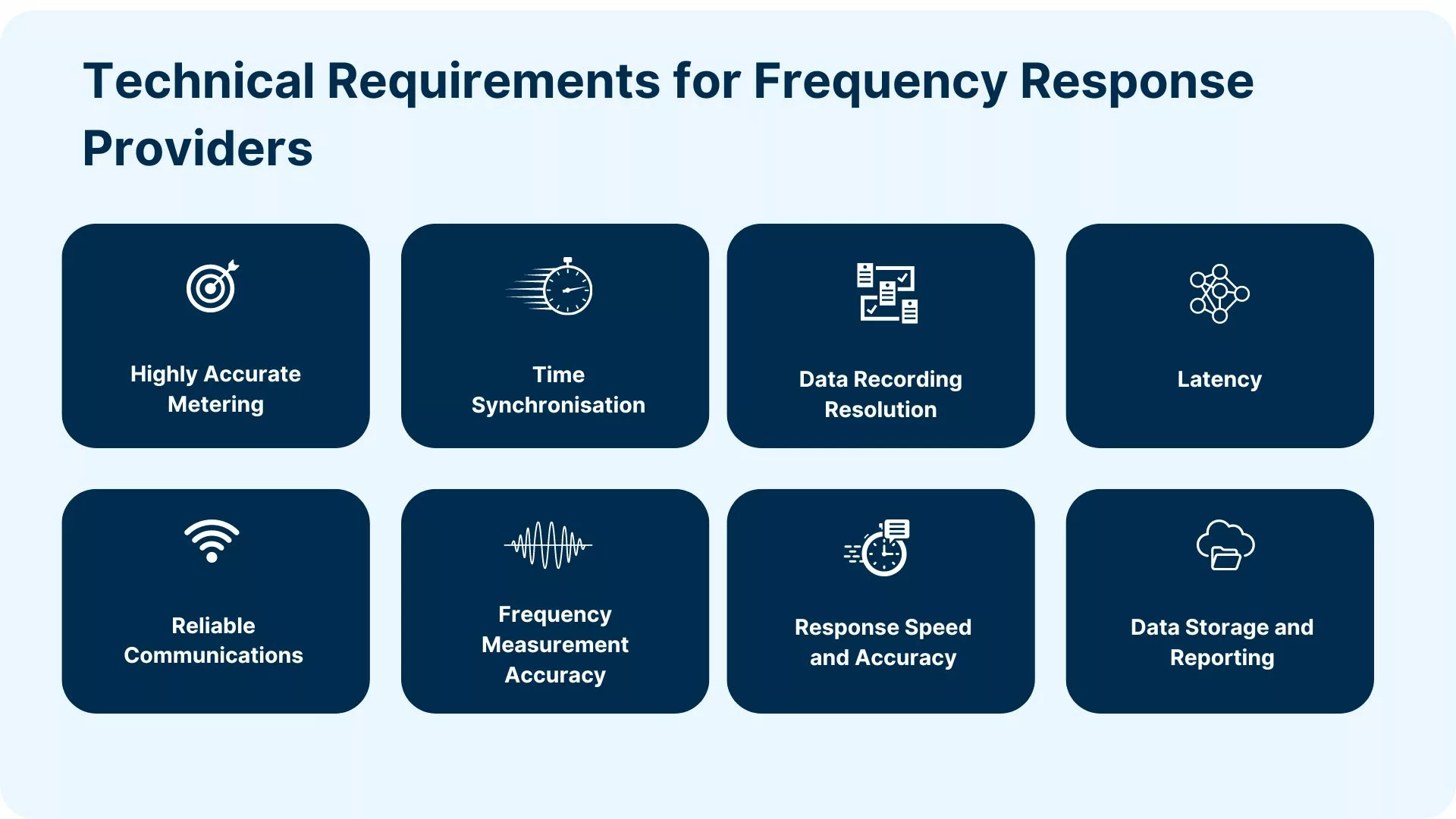
Ensure you meet the Technical Requirements for Participating in Frequency Response Markets
Participating in frequency response markets requires meeting specific technical specifications. While these can vary by region and market, the following requirements are typical and align with the capabilities of advanced monitoring systems like EpiSensor’s range of IoT infrastructure:
- Highly Accurate Metering: Accurate metering is crucial for measuring and verifying frequency response. Most markets require accuracy classes of 0.5S or 1.0.
- Time Synchronisation: Precise time stamping of measurements is essential for coordinated grid actions.
- Data Recording Resolution: Capturing frequency changes and responses requires high-resolution data. Data recording intervals of 20ms to 100ms are typically adequate for most frequency response services, including fast-acting ones.
- Latency: While some ultra-fast services may require very low latency, most frequency response services can operate effectively with response times in the range of 200ms to 1 second.
- Reliable Communications: Robust communication links are necessary for real-time monitoring and control. Both wired and wireless solutions can be suitable, depending on the specific deployment scenario.
- Frequency Measurement Accuracy: Precise frequency measurement is important, with typical requirements in the range of ±5 to ±10 mHz.
- Response Speed and Accuracy: Assets must demonstrate their ability to respond appropriately to frequency deviations. The exact speed and accuracy requirements vary by market and service type. EpiSensor’s ZDR is capable of reacting to under/over frequency deviations in less than 80ms
- Data Storage and Reporting: Systems must be capable of storing sufficient data for compliance reporting and performance verification. The specific duration and granularity of data storage depend on local market rules.
Discover a solution that will enable you to meet industry standards cost-effectively
Find out more about EpiSensor’s IoT solutions
EpiSensor’s Role in Supporting Frequency Response Services
EpiSensor’s advanced monitoring and control solutions are well-suited and proven to support participation in frequency response markets by enabling real-time load adjustment and grid stability services. EpiSensor’s ZDR (Demand Response Controller), in particular, offers features that meet or exceed the requirements of most frequency response programmes.
- High-Precision Monitoring: EpiSensor’s Demand Response Controller (ZDR) provides Class 0.5S metering accuracy, meeting the stringent requirements of frequency response markets. This high level of accuracy ensures precise measurement of power, energy, and frequency.
- Time Synchronisation: EpiSensor ZDR supports precise time synchronisation via GPS, achieving accuracy of approximately ±2ms. This ensures accurate time stamping of measurements, critical for coordinated frequency response actions.
- High-Resolution Data Recording: The ZDR can capture and store high-resolution data at up to 20ms intervals around frequency events. This granular data enables detailed analysis of frequency deviations and responses, supporting both operational needs and regulatory compliance.
- Low-Latency Communications: EpiSensor’s wireless sensor networks are designed for low-latency, reliable communications, supporting fast-acting frequency response services.
- Scalable Systems Architecture: EpiSensor’s solutions can scale from single-site installations to large, distributed networks of assets, enabling participation in frequency response markets through aggregation.
- Integration Capabilities: EpiSensor’s systems can integrate with various control systems and energy management platforms, facilitating automated responses to frequency deviations.
- Data Analytics: EpiSensor’s software solutions provide advanced analytics capabilities, helping partners optimise their frequency response strategies and maximise market revenues.
- Compliance Reporting: Automated reporting features help asset owners meet the stringent reporting requirements of frequency response markets.
- Your Partner in Demand and Frequency Response: Our experts will provide the expertise and knowledge you need to build the systems architecture best suited to your ongoing programmes. Read about some of the programmes we have been involved in to date.
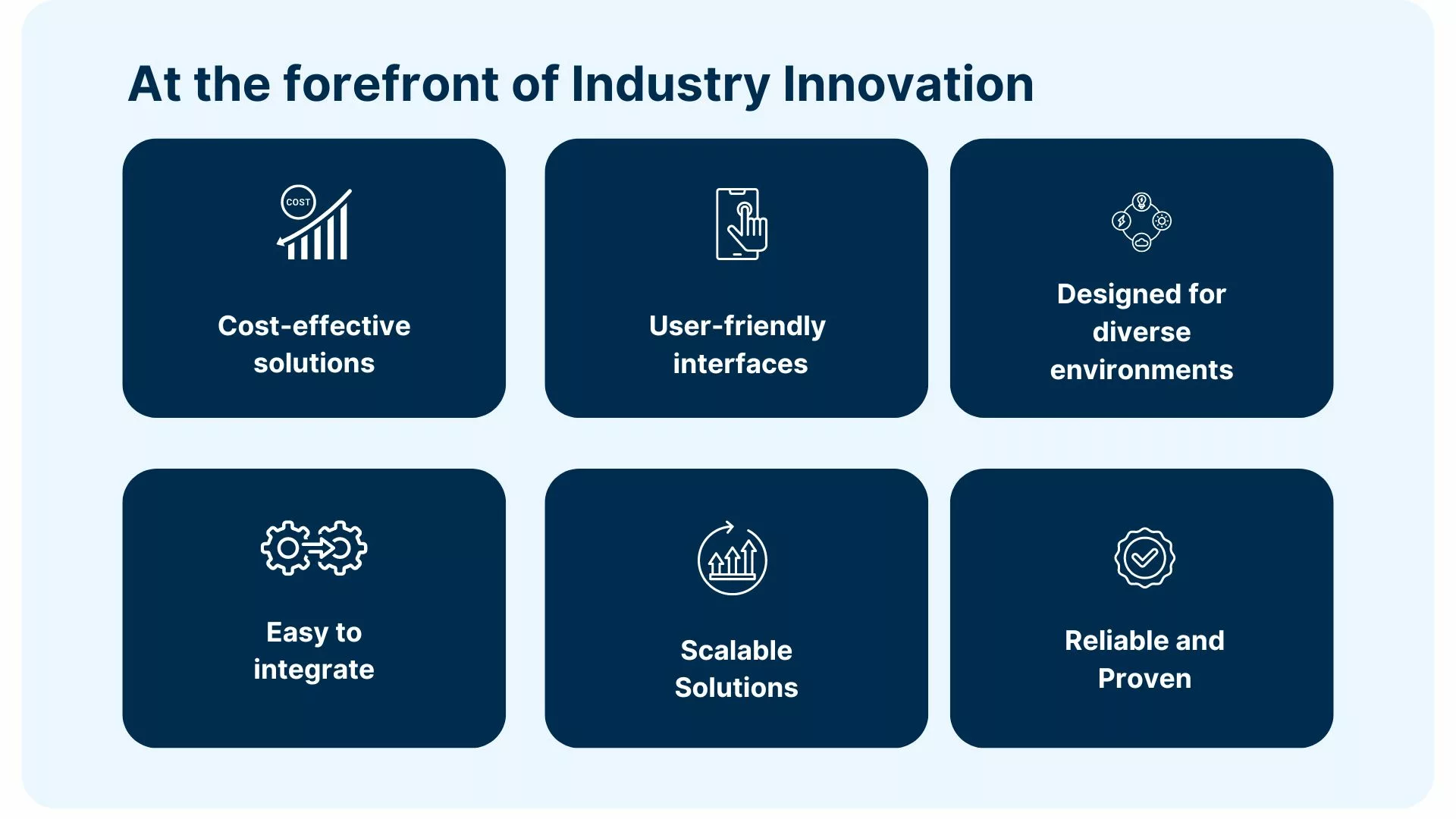
Solving an Industry Challenge – Harnessing Smaller Energy Assets
A key challenge in the evolving landscape of grid support services, including frequency response, is the integration of increasingly smaller assets into these programmes. As the grid becomes more distributed and decentralised, there’s a growing need to harness the potential of numerous smaller resources to contribute to grid stability.
EpiSensor has been at the forefront of addressing this challenge:
- Cost-Effective Solutions: The economics of integrating smaller assets demand that the hardware and software used for monitoring and control be cost-effective. EpiSensor has focused on developing solutions that provide high-end functionality at a price point that makes economic sense for smaller assets.
- User-Friendly Interfaces: To enable rapid deployment across millions of assets, EpiSensor has packaged its industrial-grade technology with consumer-class user interfaces. This approach allows for quick installation and operation by non-specialised individuals, reducing barriers to entry for smaller asset owners.
- Designed for Diverse Environments: EpiSensor’s products are designed to withstand harsh industrial and commercial environments, yet they’re equally suitable for residential and light commercial applications. This versatility allows for consistent technology deployment across a wide range of asset types and sizes.
- Scalable Data Management: EpiSensor’s systems are designed to handle the massive data flows associated with monitoring millions of distributed assets, ensuring that the growth of distributed energy resources doesn’t overwhelm grid operators or aggregators.
- Standardised Integration: By providing standardised interfaces and protocols, EpiSensor facilitates easier integration of diverse assets into existing grid management systems and Virtual Power Plant (VPP) platforms.
As power grids continue to evolve with increasing penetration of renewable energy and distributed resources, the importance of flexible, fast-acting frequency response services will only grow, making it an essential area of focus for energy professionals and policymakers alike. EpiSensor’s approach of combining high-end technical capabilities with user-friendly, cost-effective products is helping to accelerate the integration of distributed energy resources into frequency response and other grid management programmes. By partnering with EpiSensor, organisations can scale their efforts in demand and frequency response, enabling greater market participation and driving adoption.
Want to discuss a specific programme you are working on?
Let’s discover what’s possible
Further Resources
- ENTSO-E: Frequency Containment Reserves (FCR)
- Nordic Balancing Model: Frequency Containment Reserves
- National Grid ESO: Dynamic Containment
- FERC Order 755: Frequency Regulation Compensation in Organized Wholesale Power Markets
- International Energy Agency (IEA): Status of Power System Transformation 2019: Power System Flexibility
